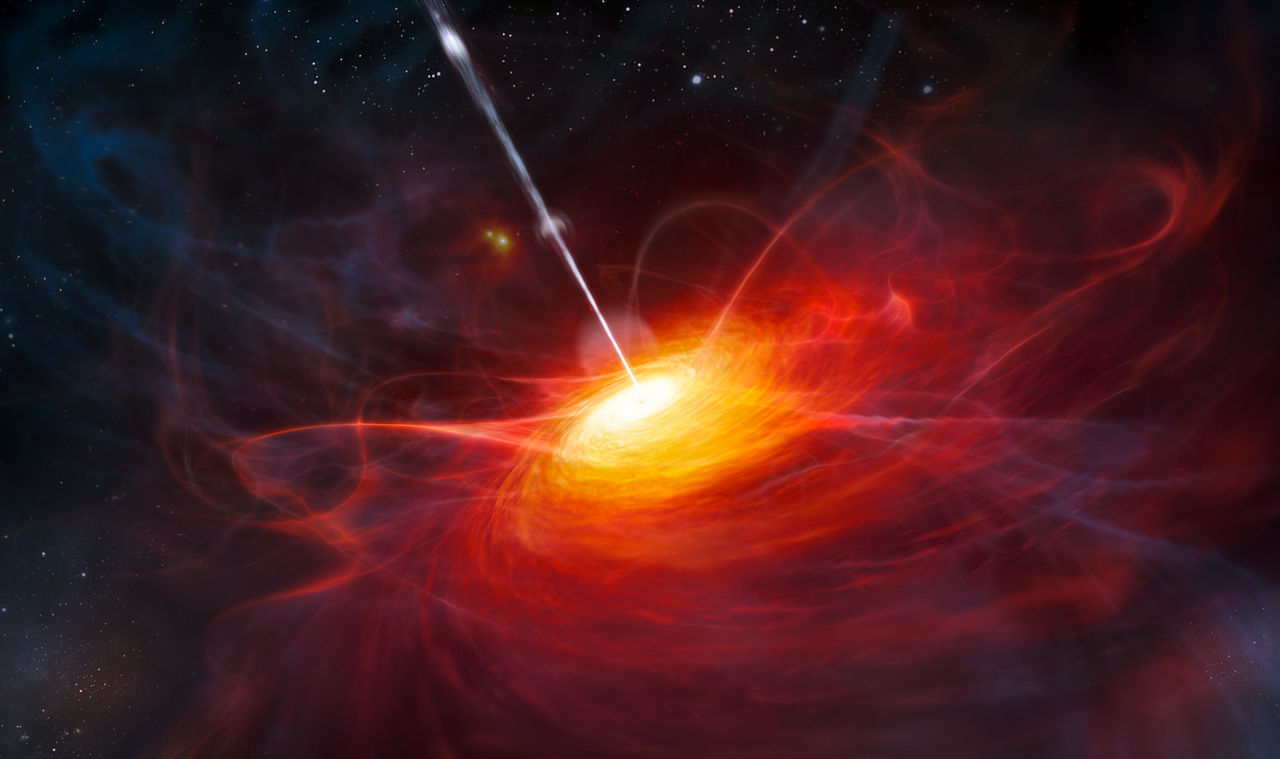Today, September 28, marks the 62nd anniversary of the discovery of quasars. During this time, scientists have come a long way to realizing that these objects are no longer covered with a fog of mystery. But the study of their basic properties continues to this day.

How quasars were discovered
September 28, 1960 is considered the day of the discovery of quasars. The date is quite conditional, and you can read more about how these strange objects were discovered in this article. The first point sources of radio emission, which cannot be identified with any visible object, were discovered back in 1950.
In 1960, they were finally identified with extremely faint stars, and this event is considered the day of their discovery. But their mysteries were just beginning, because the spectrum of these objects did not correspond to any chemical element. After a couple of years, it turned out that this was due to the red shift resulting from the rapid removal of objects from us.
But this made it even worse, because it turned out that these objects are located at a distance at which even galaxies were not visible at that time. And the main mystery of quasars is what can release so much energy. It was finally solved only in the late 1990s, when it was proved that there are supermassive black holes in the center of almost every galaxy.
It is the fall of matter on them that explains the incredible amount of energy emitted by quasars, which are a kind of active galactic nuclei. It seems that in the first billions of years after the formation of the Universe, a significant part of the galactic nuclei were quasars.
Current quasar research
Modern researchers continue to study the nature of quasars. In particular, they study the incredible diversity of these objects and study the nature of their nutrition. This year alone, several articles have been published on how these objects are formed.
Quasars did not arise immediately after the beginning of the history of the Universe. Initially, galaxies were formed, which gradually began to unite, and subsequently the first quasars appeared in their swarms. It also turned out that the radiation of these objects can interfere with star formation.
Quasars also help to study the distant space around them. They act as flashlights that illuminate clouds of neutral hydrogen that existed at the beginning of the Universe and thus allow us to understand its evolution.
Follow us on Twitter to get the most interesting space news in time
https://twitter.com/ust_magazine

